🎃 Kitty And Her Pumpkin Coven 🎃

🎃 kitty and her pumpkin coven 🎃
More Posts from Monstrous-mind and Others

Spotted: signs of a planet about 28 million light-years away 🔎 🪐
For the first time, astronomers may have detected an exoplanet candidate outside of the Milky Way galaxy. Exoplanets are defined as planets outside of our Solar System. All other known exoplanets and exoplanet candidates have been found in the Milky Way, almost all of them less than about 3,000 light-years from Earth.
This new result is based on transits, events in which the passage of a planet in front of a star blocks some of the star's light and produces a characteristic dip. Researchers used our Chandra X-ray Observatory to search for dips in the brightness of X-rays received from X-ray bright binaries in the spiral galaxy Messier 51, also called the Whirlpool Galaxy (pictured here). These luminous systems typically contain a neutron star or black hole pulling in gas from a closely orbiting companion star. They estimate the exoplanet candidate would be roughly the size of Saturn, and orbit the neutron star or black hole at about twice the distance of Saturn from the Sun.
This composite image of the Whirlpool Galaxy was made with X-ray data from Chandra and optical light from our Hubble Space Telescope.
Credit: X-ray: NASA/CXC/SAO/R. DiStefano, et al.; Optical: NASA/ESA/STScI/Grendler
Make sure to follow us on Tumblr for your regular dose of space!

Images of Saturn, Tethys, and Mimas taken by Cassini on July 16 2005.
Credit: NASA/JPL-Caltech/SSI/CICLOPS/Kevin M. Gill
Black Holes Dine on Stellar Treats!

See that tiny blob of light, circled in red? Doesn’t look like much, does it? But that blob represents a feast big enough to feed a black hole around 30 million times the mass of our Sun! Scientists call these kinds of stellar meals tidal disruption events, and they’re some of the most dramatic happenings in the cosmos.

Sometimes, an unlucky star strays too close to a black hole. The black hole’s gravity pulls on the star, causing it to stretch in one direction and squeeze in another. Then the star pulls apart into a stream of gas. This is a tidal disruption event. (If you’re worried about this happening to our Sun – don’t. The nearest black hole we know about is over 1,000 light-years away. And black holes aren’t wild space vacuums. They don’t go zipping around sucking up random stars and planets. So we’re pretty safe from tidal disruption events!)

The trailing part of the stream gets flung out of the system. The rest of the gas loops back around the black hole, forming a disk. The material circling in the disk slowly drifts inward toward the black hole’s event horizon, the point at which nothing – not even light – can escape. The black hole consumes the gas and dust in its disk over many years.

Sometimes the black hole only munches on a passing star – we call this a partial tidal disruption event. The star loses some of its gas, but its own gravity pulls it back into shape before it passes the black hole again. Eventually, the black hole will have nibbled away enough material that the star can’t reform and gets destroyed.

We study tidal disruptions, both the full feasts and the partial snacks, using many kinds of telescopes. Usually, these events are spotted by ground-based telescopes like the Zwicky Transient Facility and the All-Sky Automated Survey for Supernovae network.

They alert other ground- and space-based telescopes – like our Neil Gehrels Swift Observatory (illustrated above) and the European Space Agency’s XMM-Newton – to follow up and collect more data using different wavelengths, from visible light to X-rays. Even our planet-hunting Transiting Exoplanet Survey Satellite has observed a few of these destructive wonders!
We’re also studying disruptions using multimessenger astronomy, where scientists use the information carried by light, particles, and space-time ripples to learn more about cosmic objects and occurrences.

But tidal disruptions are super rare. They only happen once every 10,000 to 100,000 years in a galaxy the size of our own Milky Way. Astronomers have only observed a few dozen events so far. By comparison, supernovae – the explosive deaths of stars – happen every 100 years or so in a galaxy like ours.
That’s why scientists make their own tidal disruptions using supercomputers, like the ones shown in the video here. Supercomputers allow researchers to build realistic models of stars. They can also include all of the physical effects they’d experience whipping ‘round a black hole, even those from Einstein’s theory of general relativity. They can alter features like how close the stars get and how massive the black holes are to see how it affects what happens to the stars. These simulations will help astronomers build better pictures of the events they observe in the night sky.
Keep up with what’s happening in the universe and how we study it by following NASA Universe on Twitter and Facebook.
Make sure to follow us on Tumblr for your regular dose of space!
🎃🍁🍂🎃
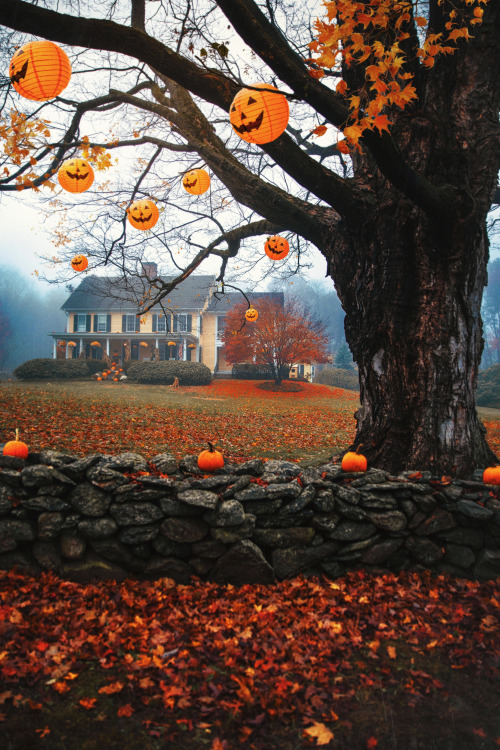
🍁🍂🌄
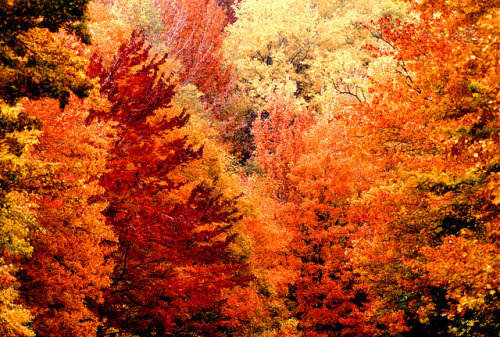
🍂🍁📚☕🐈🎃🍁🍂

List of extrasolar candidates for liquid water
The following list contains candidates from the list of confirmed objects that meet the following criteria:
Confirmed object orbiting within a circumstellar habitable zone of Earth mass or greater (because smaller objects may not have the gravitational means to retain water) but not a star
Has been studied for more than a year
Confirmed surface with strong evidence for it being either solid or liquid
Water vapour detected in its atmosphere
Gravitational, radio or differentation models that predict a wet stratum
55 Cancri f

With a mass half that of Saturn, 55 Cancri f is likely to be a gas giant with no solid surface. It orbits in the so-called “habitable zone,” which means that liquid water could exist on the surface of a possible moon. ]
Proxima Centauri b

Proxima Centauri b is an exoplanet orbiting in the habitable zone of the red dwarfstar Proxima Centauri, which is the closest star to the Sun and part of a triple star system. It is located about 4.2 light-years from Earth in the constellation of Centaurus, making it the closest known exoplanet to the Solar System.
Gliese 581c

Gliese 581c gained interest from astronomers because it was reported to be the first potentially Earth-like planet in the habitable zone of its star, with a temperature right for liquid water on its surface, and by extension, potentially capable of supporting extremophile forms of Earth-like life.
Gliese 667 Cc

Gliese 667 Cc is an exoplanet orbiting within the habitable zone of the red dwarf star Gliese 667 C, which is a member of the Gliese 667 triple star system, approximately 23.62 light-years away in the constellation of Scorpius.
Gliese 1214 b

Gliese 1214 b is an exoplanet that orbits the star Gliese 1214, and was discovered in December 2009. Its parent star is 48 light-years from the Sun, in the constellation Ophiuchus. As of 2017, GJ 1214 b is the most likely known candidate for being an ocean planet. For that reason, scientists have nicknamed the planet “the waterworld”.
HD 85512 b

HD 85512 b is an exoplanet orbiting HD 85512, a K-type main-sequence star approximately 36 light-years from Earth in the constellation of Vela.
Due to its mass of at least 3.6 times the mass of Earth, HD 85512 b is classified as a rocky Earth-size exoplanet (<5M⊕) and is one of the smallest exoplanets discovered to be just outside the inner edge of the habitable zone.
MOA-2007-BLG-192Lb

MOA-2007-BLG-192Lb, occasionally shortened to MOA-192 b, is an extrasolar planet approximately 3,000 light-years away in the constellation of Sagittarius. The planet was discovered orbiting the brown dwarf or low-mass star MOA-2007-BLG-192L. At a mass of approximately 3.3 times Earth, it is one of the lowest-mass extrasolar planets at the time of discovery. It was found when it caused a gravitational microlensing event on May 24, 2007, which was detected as part of the MOA-II microlensing survey at the Mount John University Observatory in New Zealand.
Kepler-22b

Kepler-22b, also known by its Kepler object of interest designation KOI-087.01, is an extrasolar planet orbiting within the habitable zone of the Sun-like star Kepler-22. It is located about 587 light-years (180 pc) from Earth in the constellation of Cygnus. source
🍁🍂
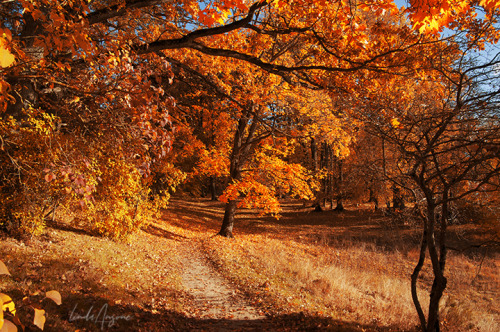



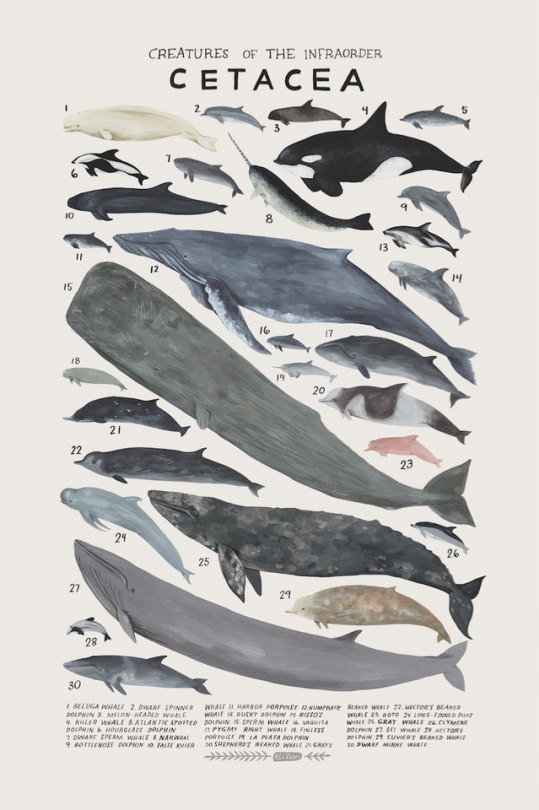

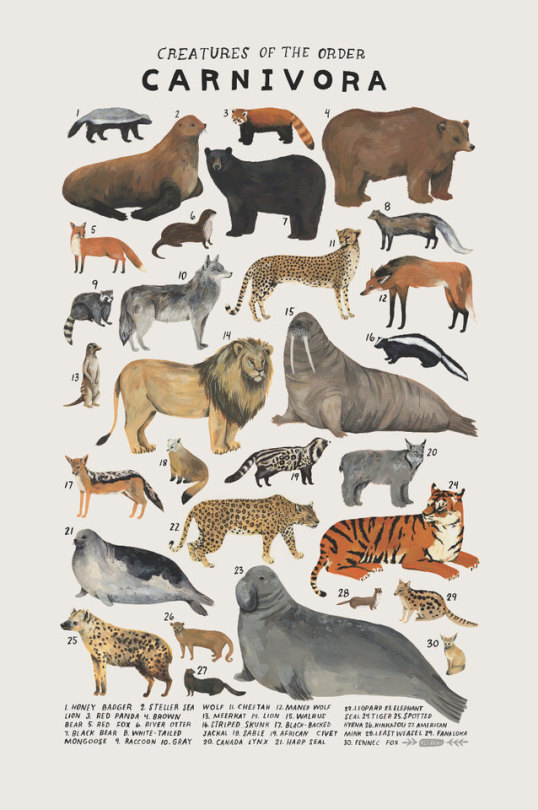

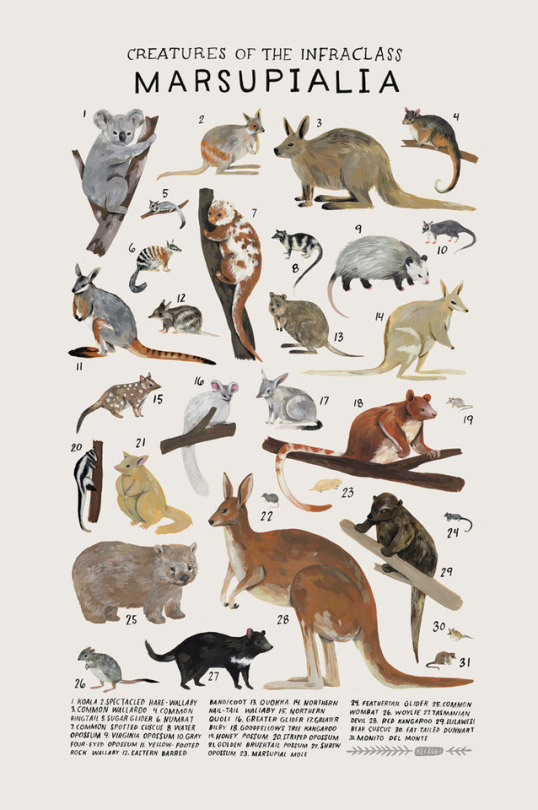





Science Posters by Kelsey Oseid on Etsy
🔭🌃🌌
orionids meteor shower
-
 kameonerd566 liked this · 1 year ago
kameonerd566 liked this · 1 year ago -
 sluttyxxcoffee liked this · 1 year ago
sluttyxxcoffee liked this · 1 year ago -
 screamingwombatgirl reblogged this · 1 year ago
screamingwombatgirl reblogged this · 1 year ago -
 screamingwombatgirl liked this · 1 year ago
screamingwombatgirl liked this · 1 year ago -
 tomhafemenli liked this · 1 year ago
tomhafemenli liked this · 1 year ago -
 acen404 liked this · 1 year ago
acen404 liked this · 1 year ago -
 paulfe liked this · 1 year ago
paulfe liked this · 1 year ago -
 aphelion-cellstorm reblogged this · 1 year ago
aphelion-cellstorm reblogged this · 1 year ago -
 rainyhallowed liked this · 1 year ago
rainyhallowed liked this · 1 year ago -
 thevampireconnoisseur reblogged this · 1 year ago
thevampireconnoisseur reblogged this · 1 year ago -
 thevampireconnoisseur liked this · 1 year ago
thevampireconnoisseur liked this · 1 year ago -
 spirits-of-samhain reblogged this · 1 year ago
spirits-of-samhain reblogged this · 1 year ago -
 leftmyheartinlondon liked this · 1 year ago
leftmyheartinlondon liked this · 1 year ago -
 0815-4711-02 liked this · 1 year ago
0815-4711-02 liked this · 1 year ago -
 octobermourning31 liked this · 2 years ago
octobermourning31 liked this · 2 years ago -
 spookyanouk reblogged this · 2 years ago
spookyanouk reblogged this · 2 years ago -
 spookyanouk liked this · 2 years ago
spookyanouk liked this · 2 years ago -
 kuwaneko reblogged this · 2 years ago
kuwaneko reblogged this · 2 years ago -
 cloudspinning liked this · 2 years ago
cloudspinning liked this · 2 years ago -
 kuwaneko liked this · 2 years ago
kuwaneko liked this · 2 years ago -
 naminelily reblogged this · 2 years ago
naminelily reblogged this · 2 years ago -
 dinobonesandpumpkinhomes reblogged this · 2 years ago
dinobonesandpumpkinhomes reblogged this · 2 years ago -
 rosacentifoliavariegata liked this · 2 years ago
rosacentifoliavariegata liked this · 2 years ago -
 gracebriarwoodwrites liked this · 2 years ago
gracebriarwoodwrites liked this · 2 years ago -
 rrrrelax reblogged this · 2 years ago
rrrrelax reblogged this · 2 years ago -
 glitterysnowflakesxo reblogged this · 2 years ago
glitterysnowflakesxo reblogged this · 2 years ago -
 sunspot-syzygy liked this · 2 years ago
sunspot-syzygy liked this · 2 years ago -
 pcbohmy reblogged this · 2 years ago
pcbohmy reblogged this · 2 years ago -
 moonowlyperson liked this · 2 years ago
moonowlyperson liked this · 2 years ago -
 macbow333 liked this · 2 years ago
macbow333 liked this · 2 years ago -
 naminelily liked this · 2 years ago
naminelily liked this · 2 years ago -
 cozyhoneybee reblogged this · 2 years ago
cozyhoneybee reblogged this · 2 years ago
My ambition is handicapped by laziness. -C. Bukowski Me gustan las personas desesperadas con mentes rotas y destinos rotos. Están llenos de sorpresas y explosiones. -C. Bukowski. I love cats. Born in the early 80's, raised in the 90's. I like Nature, Autumn, books, landscapes, cold days, cloudy Windy days, space, Science, Paleontology, Biology, Astronomy, History, Social Sciences, Drawing, spending the night watching at the stars, Rick & Morty. I'm a lazy ass.
222 posts